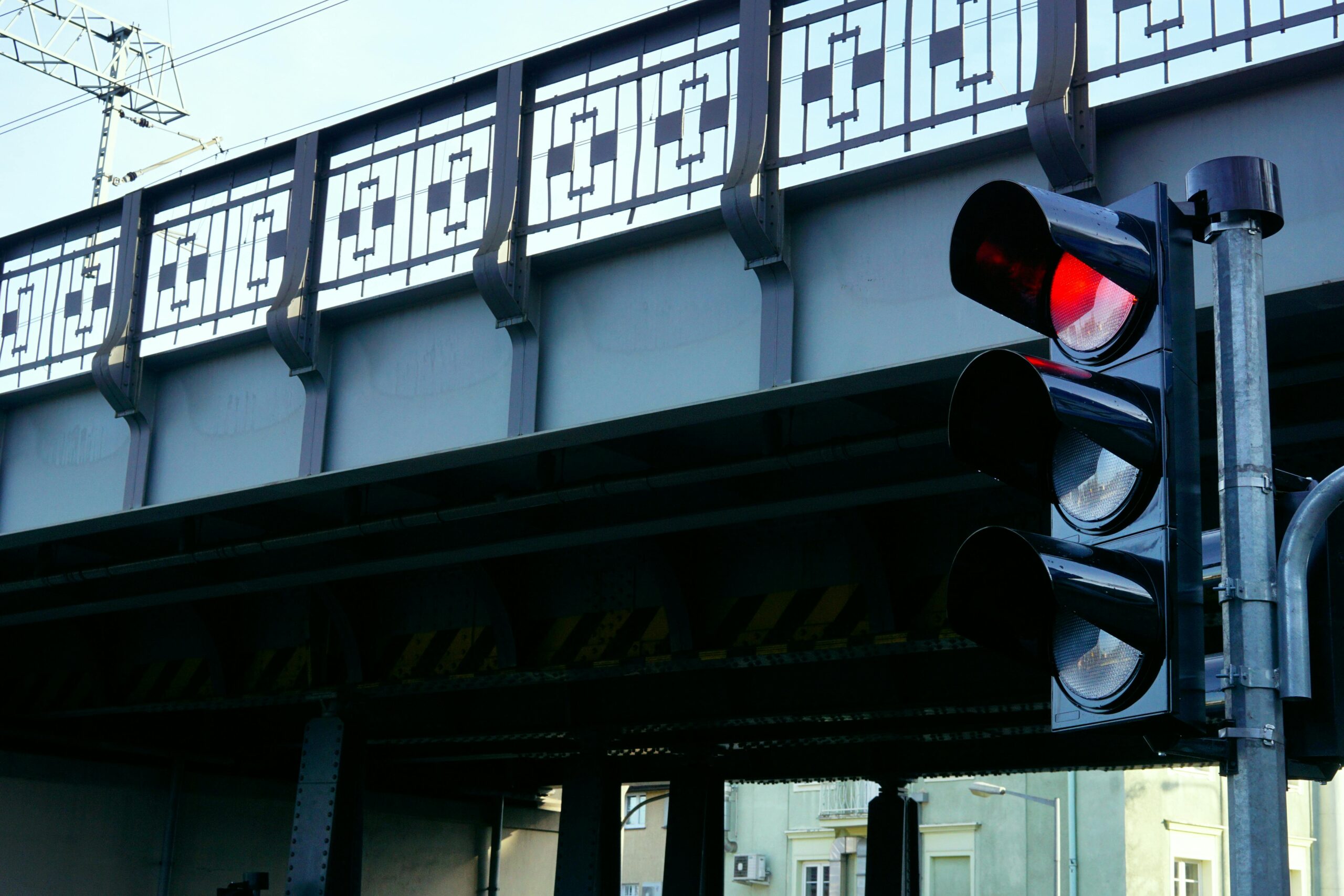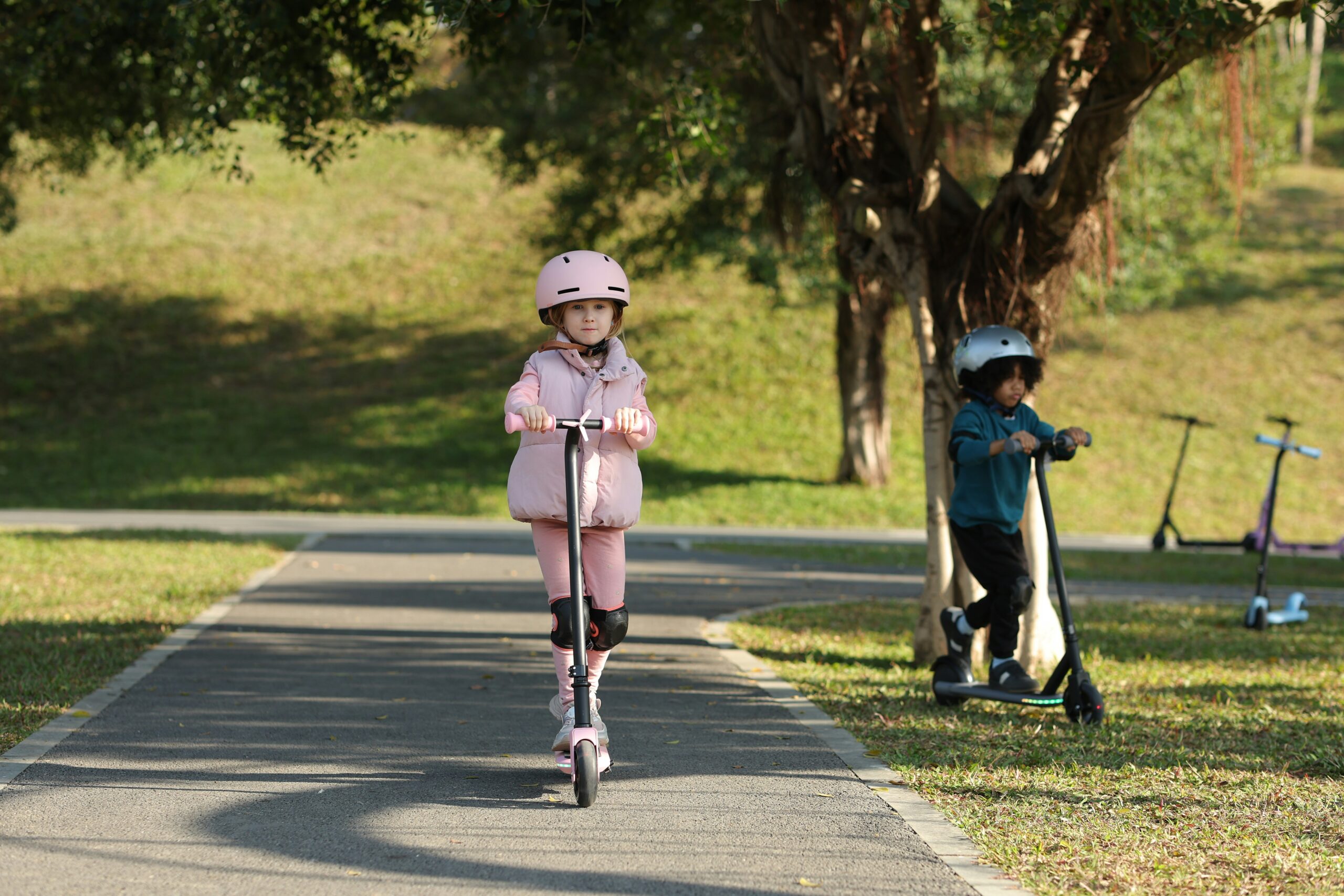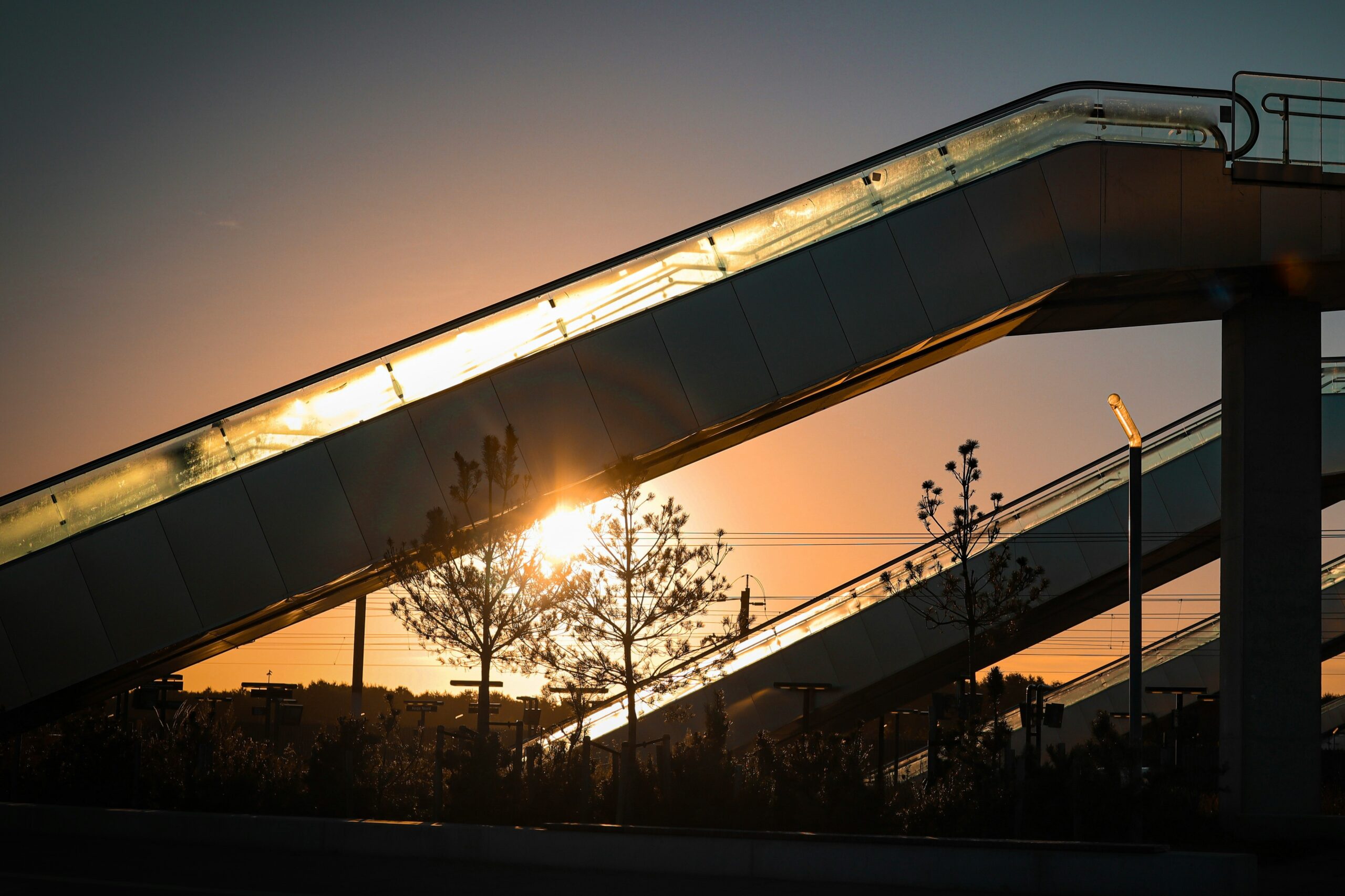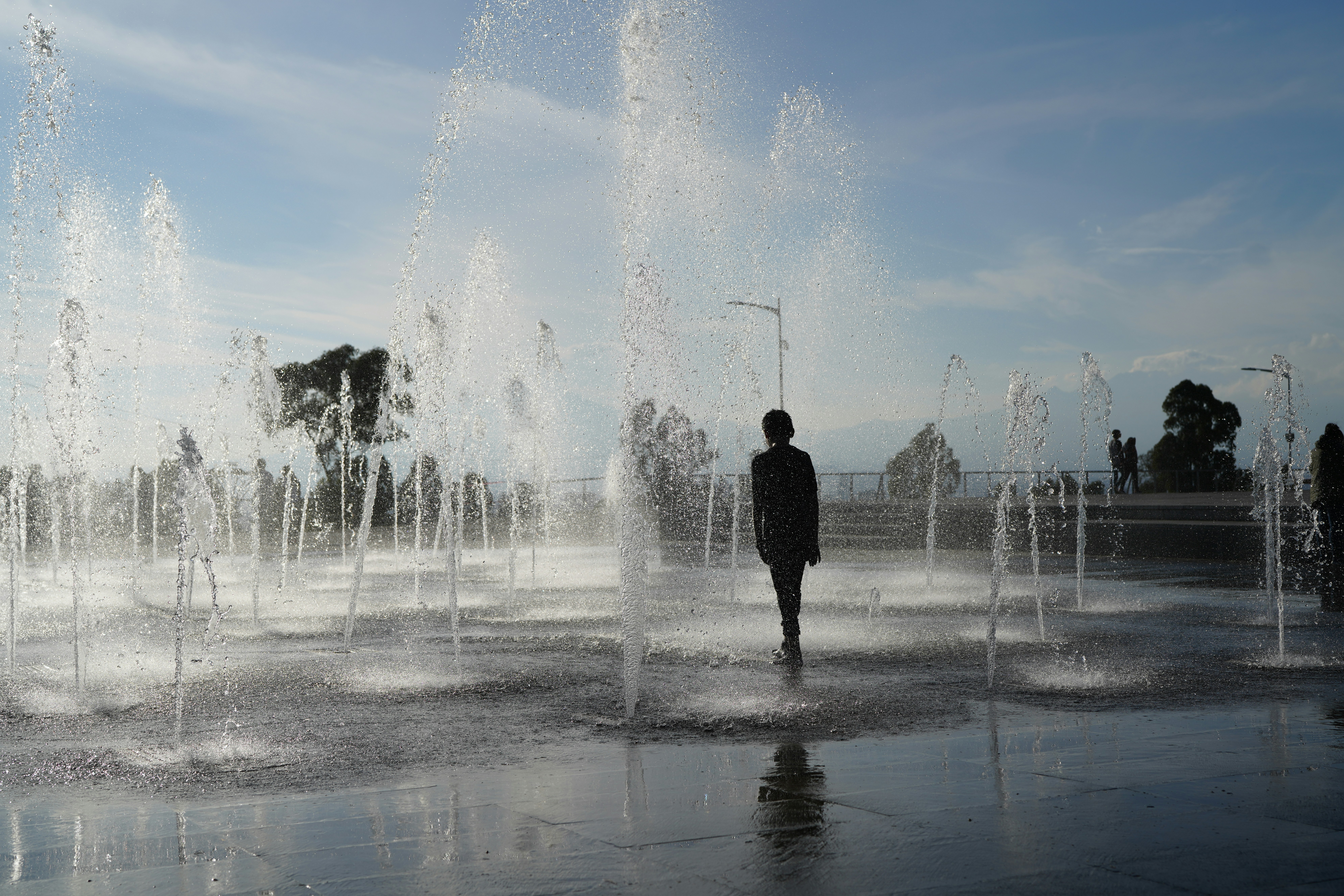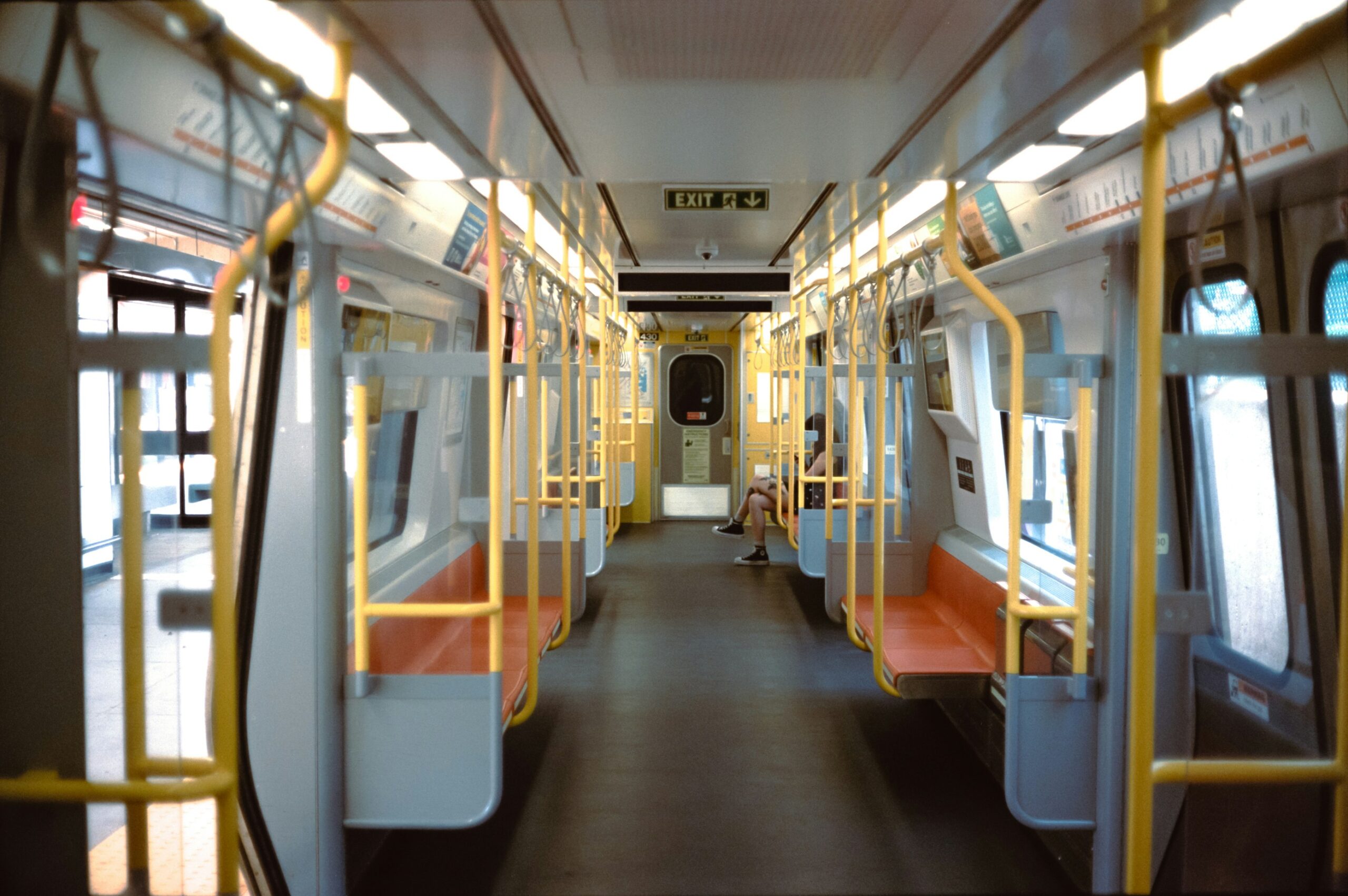Priority 2: Cooperating for a greener central Europe
Central Europe is an area rich in natural heritage resources and biodiversity. This important location factor is, however, threatened by climate change, industrial activities and unsustainable consumption and mobility patterns.
SO 2.1: Supporting the energy transition to a climate-neutral central Europe
Why we fund this
Central Europe needs to speed up its performance related both to energy efficiency as well as the production and use of renewable energy to meet EU targets and climate objectives of the European Green Deal.
Significant regional disparities between central European regions have to be tackled. Energy efficiency and renewable energy need to be promoted and exploited to reach wider geographical coverage.
Potential fields to be addressed by project proposals
→ Smart integration of carbon-neutral solutions across sectors
→ Energy efficiency of buildings and public infrastructures
→ Energy planning at local and regional levels
→ Financing schemes for energy efficiency and renewable energy investments
→ Renewable energy sources
→ Reduction of greenhouse gas emissions from industry and other sectors
→ Energy demand management and behavioural change
→ Energy poverty
SO 2.2.: Increasing the resilience to climate change risks in central Europe
Why we fund this
Resilience to climate change risks is important for central Europe, especially in view of its significant environmental and socio-economic impacts. There is a need for integrated and cross-sectoral approaches to best adapt to climate change.
In order to strengthen climate resilience, general approaches need to be locally adapted towards workable and manageable, integrated solutions which can be proliferated across the entire central Europe area.
Potential fields to be addressed by project proposals
→ Climate change resilience and adaptation measures
→ Resilience to weather extremes and related hazards (rainfall, floods, landslides, heat, droughts, water scarcity, wildfires etc.)
→ Socio-economic and health-related impacts of climate change
→ Climate-proof landscape and urban planning
→ Risk awareness, prevention and management
SO 2.3: Taking circular economy forward in central Europe
Why we fund this
A climate-neutral, resource-efficient and competitive economy requires up-scaled circular approaches. This economic transformation has to pay attention to the fact that a circular economy will often require a re-arrangement of value chains, changes of interdependencies and the creation of new profit options. It is important that this socio-economic transformation happens across the entire territory of central Europe and does not concentrate on only a few regions.
Potential fields to be addressed by project proposals
→ Waste prevention and management, recycling and recovery of resources and raw materials
→ Circular economy value chains
→ Sustainable product design (e.g. eco-design) and product development processes
→ Repair and re-use
→ Clean production processes and closed loop systems
→ Behavioural changes of producers, consumers, public buyers etc.
SO 2.4: Safeguarding the environment in central Europe
Why we fund this
The economic and environmental significance of natural assets and landscapes in central Europe calls for a co-ordinated valorisation and protection of biodiversity and ecosystems. There is a strong need to counteract negative effects of human action through integrated environmental management approaches.
Potential fields to be addressed by project proposals
→ Biodiversity conservation and recovery including urban green spaces
→ Reduction of environmental pollution (air, water, soil, noise, light etc.) and their human health impacts
→ Sustainable land management and landscape planning
→ Restoration of degraded ecosystems
→ Protection of natural heritage, ecosystems and valuable areas incl. Natura 2000 sites
→ Integrated environmental management and sustainable use of natural resources
→ Ecosystem services (e.g. production of food and water, clean air, recreational benefits)
→ Sustainable tourism and the valorisation of natural heritage
SO 2.5: Greening urban mobility in central Europe
Why we fund this
A reduction of transport emissions is one of the key targets of the European Green Deal. Smart and greener urban mobility will need an integrated response. Many functional urban areas in central Europe face similar challenges when greening their mobility. The specific territorial need lies in the vast diversity of topics (e.g. pollution and congestion) that need to be addressed in an integrated approach. Furthermore, the topic does not only include different ways of mobility, but also urban as well as urban-rural logistics.
Potential fields to be addressed by project proposals
→ Sustainable urban mobility planning
→ Smart traffic and mobility management, including commuting solutions
→ Sustainable multimodal urban freight and logistic solutions (including the “last mile”)
→ Accessibility of urban public transport for everyone, especially for elderly and frail people
→ Quality and efficiency of green, urban public transport services
→ Sustainable multimodal connections between urban and peri-urban areas
→ Reduction of greenhouse gases and other air pollutants from urban transport
→ Smart traffic and mobility management, including commuting solutions
Funded projects
We are currently funding 100 transnational cooperation projects with a total budget of nearly 175 million EUR from the European Regional Development Fund (ERDF). 58 of these projects are cooperating to make central Europe greener.
These projects address a wide range of topics. Below, you will find an overview of the topics, highlighting projects’ contributions to tackling key challenges across the region.
Supporting Climate-Neutral Energy Transition
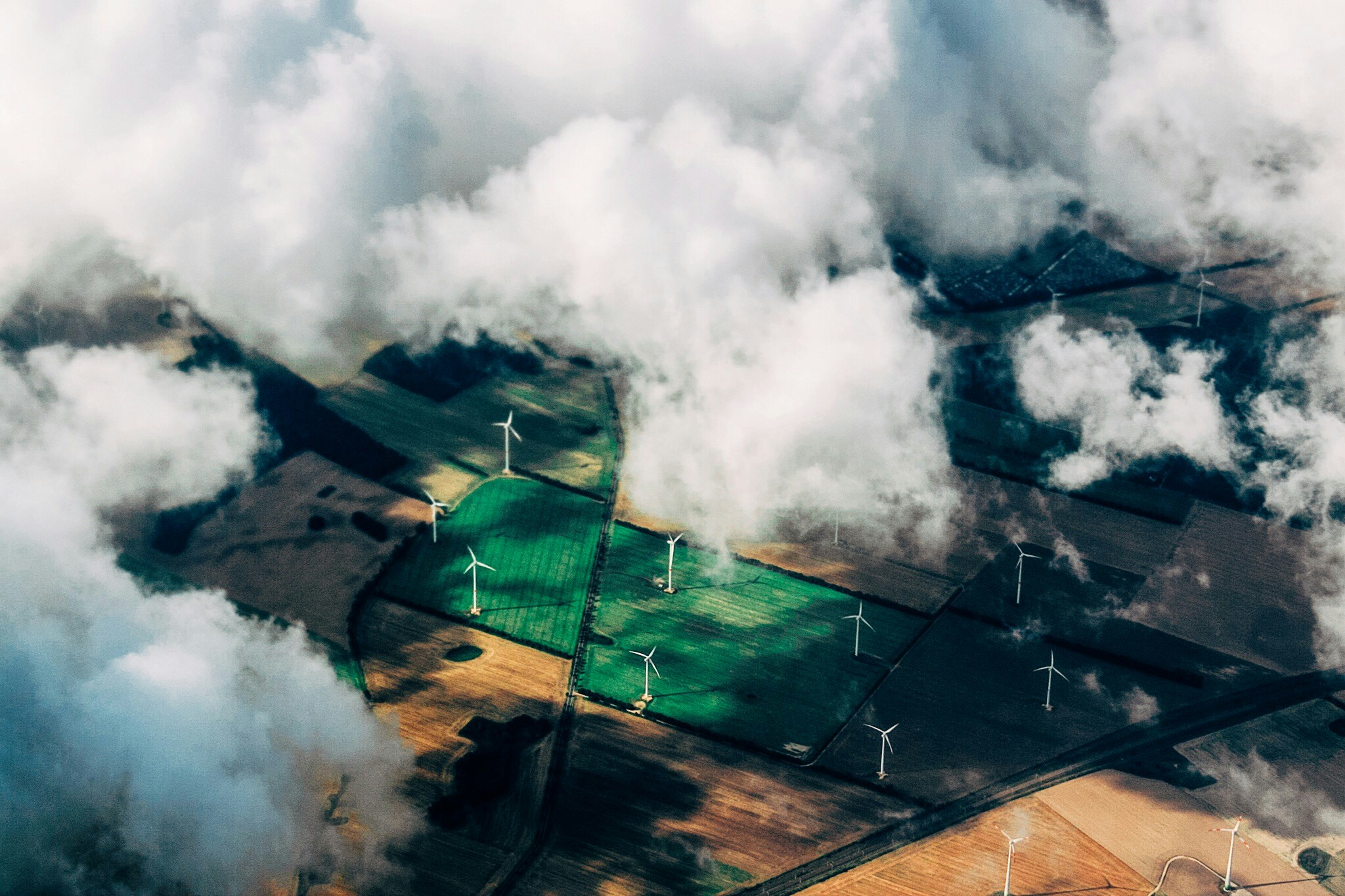
Renewable energy sources

Smart integration of carbon-neutral solutions across sectors
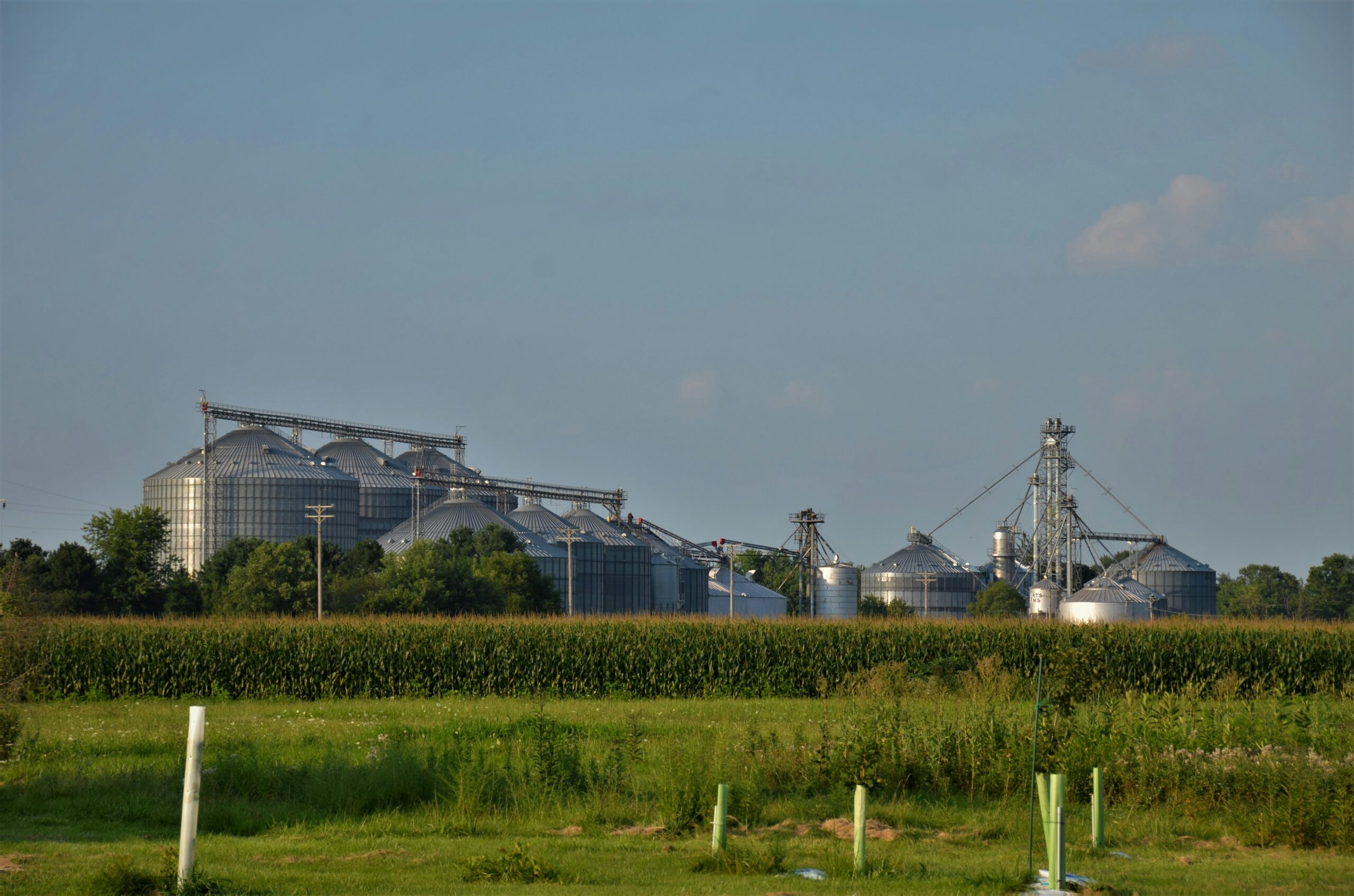
Reduction of GHG emissions from industry and other sectors
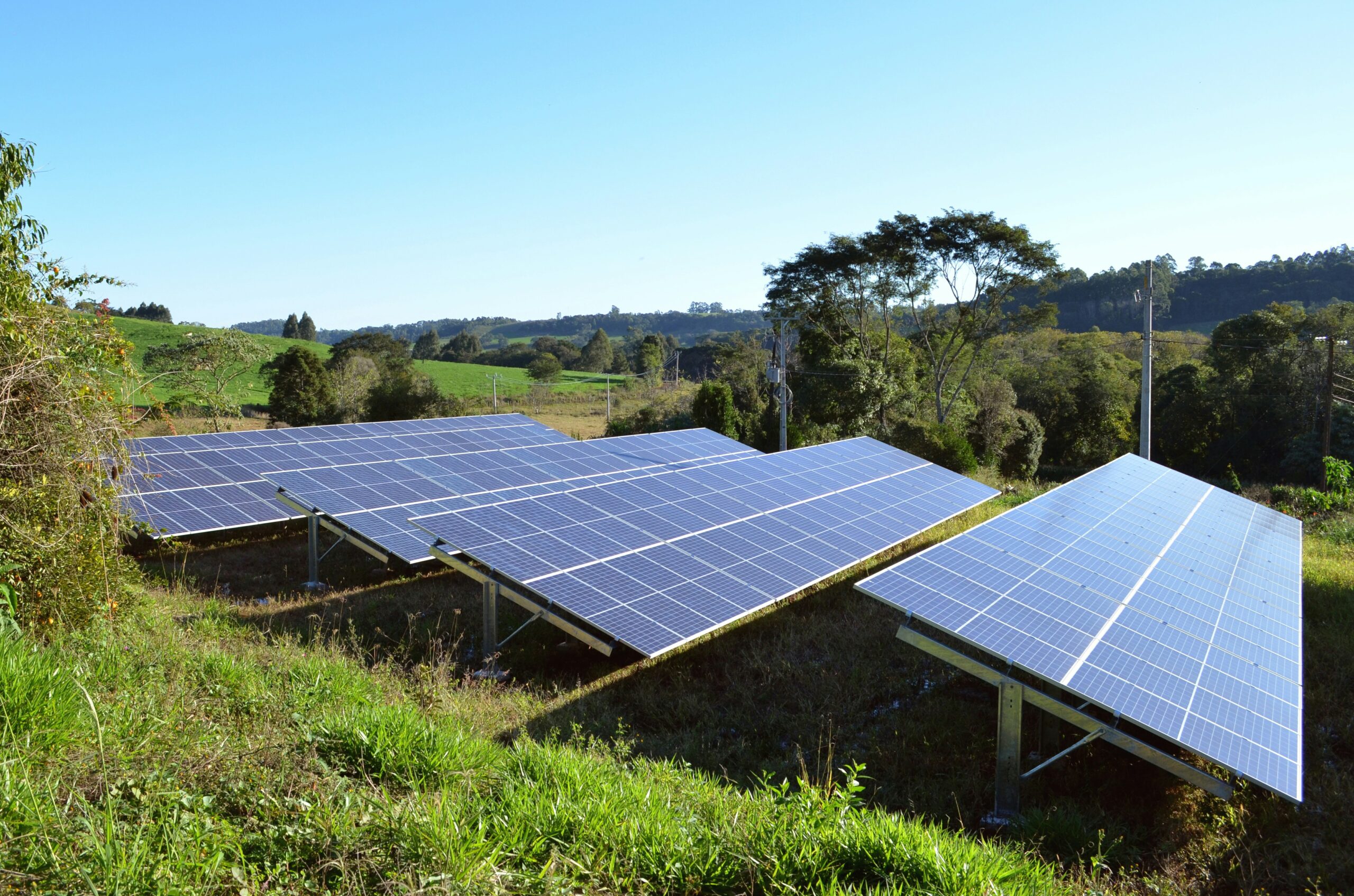
Energy planning at local and regional levels
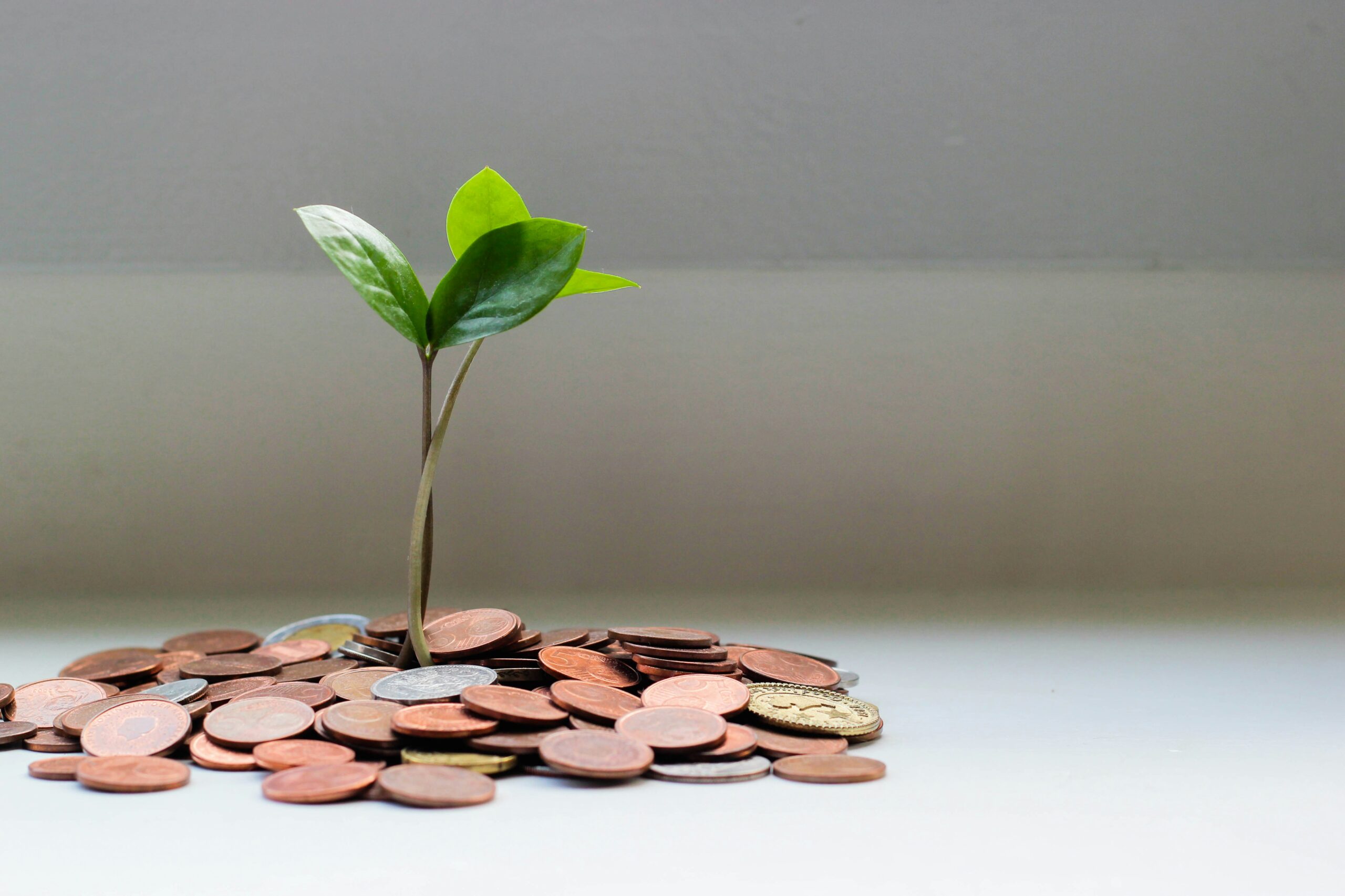
Financing schemes for energy efficiency and renewable energy investments

Energy poverty
Increasing Climate Change Resilience
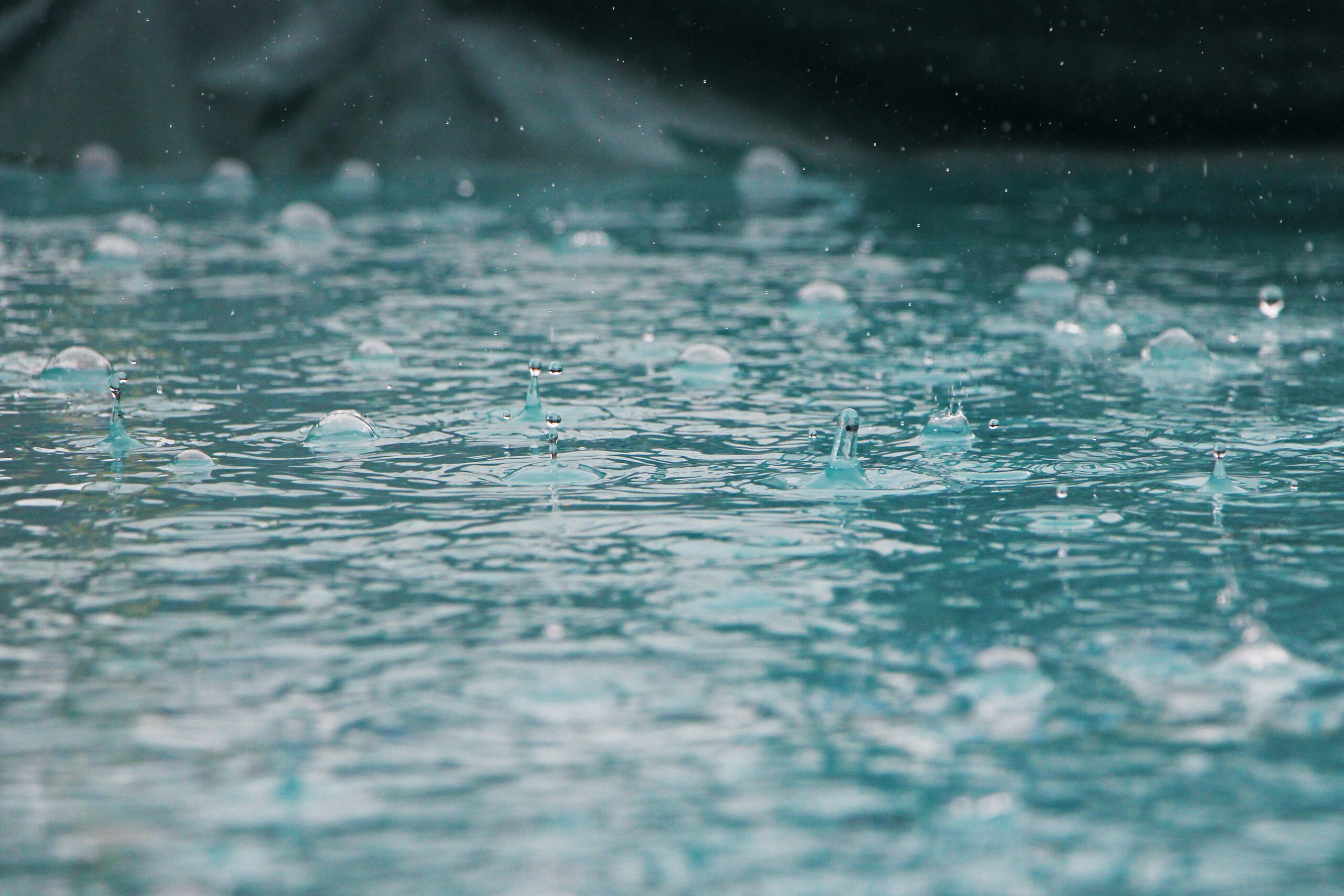
Climate change resilience and adaptation measures
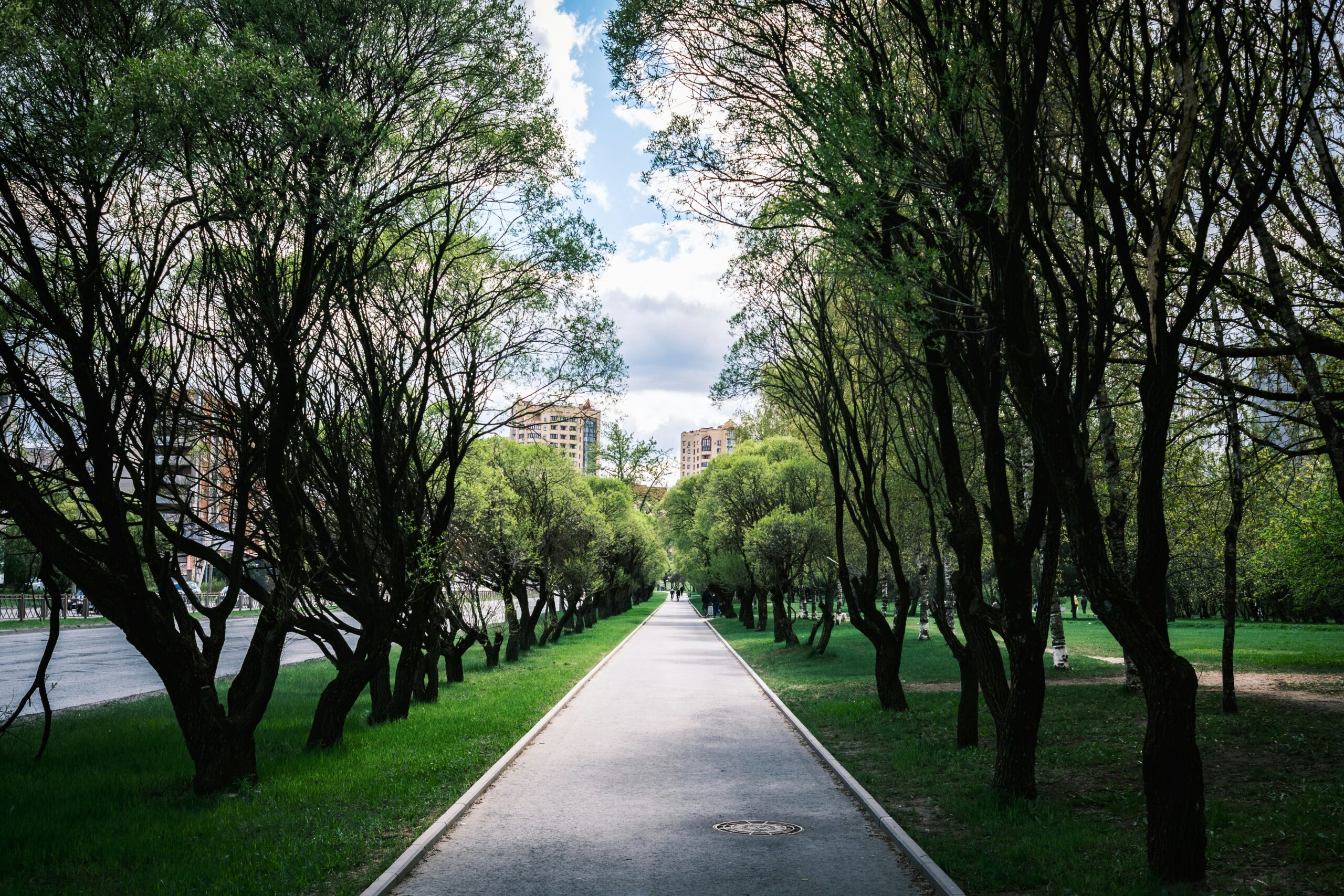
Climate-proof landscape and urban planning
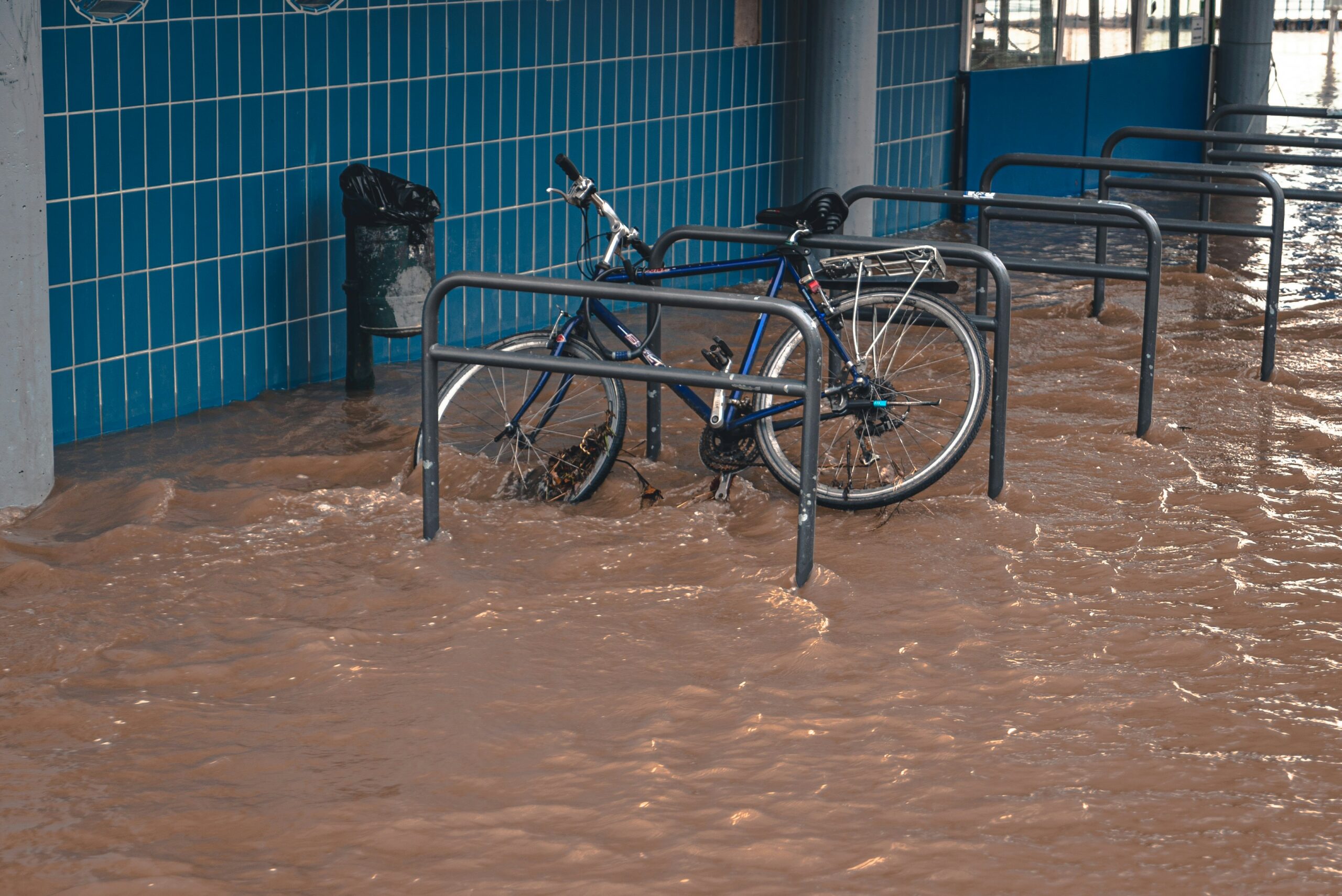
Risk awareness, prevention, and management
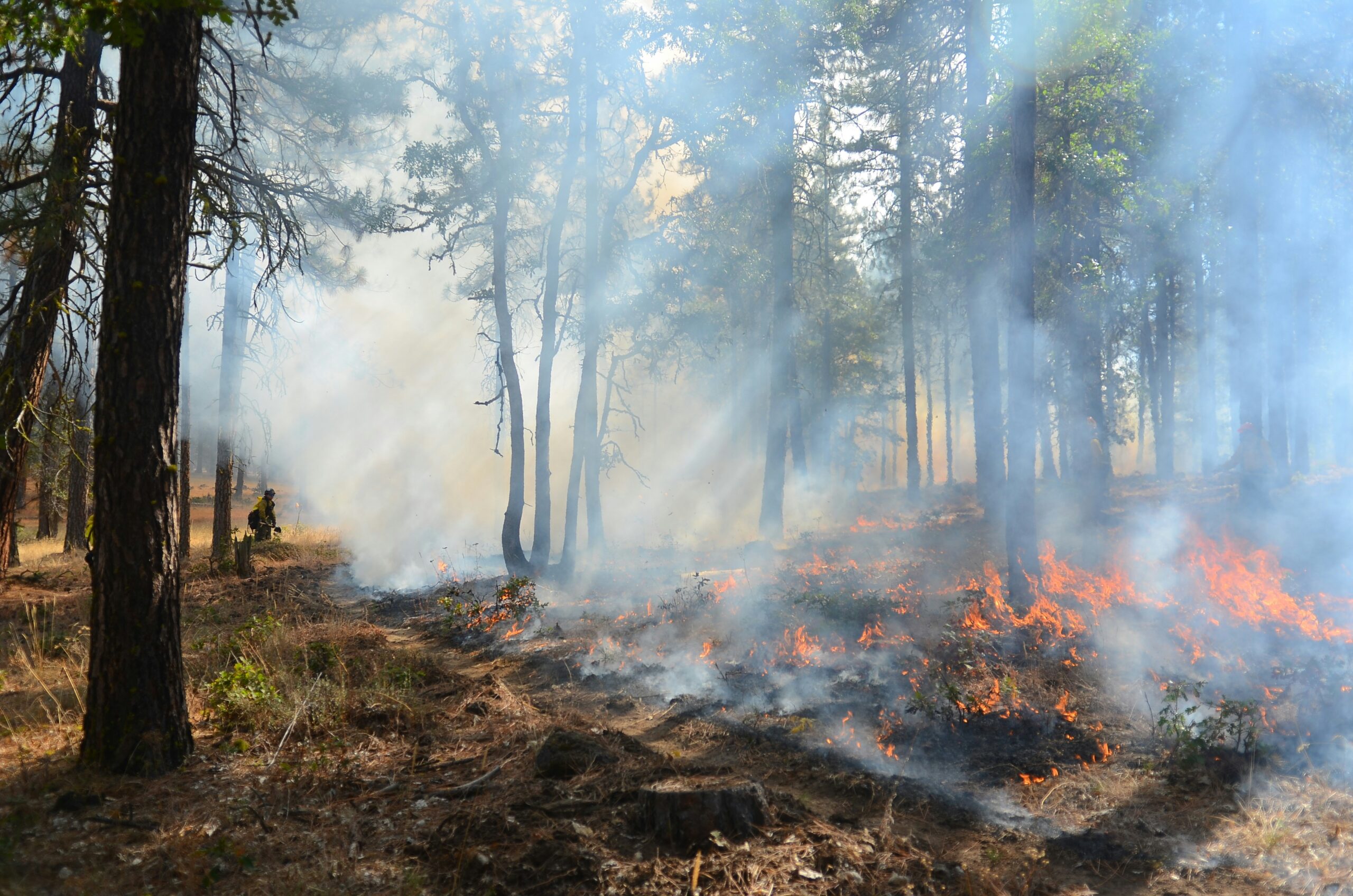
Resilience to weather extremes and related hazards
Taking Circular Economy Forward

Behavioural changes of producers, consumers, public buyers etc.
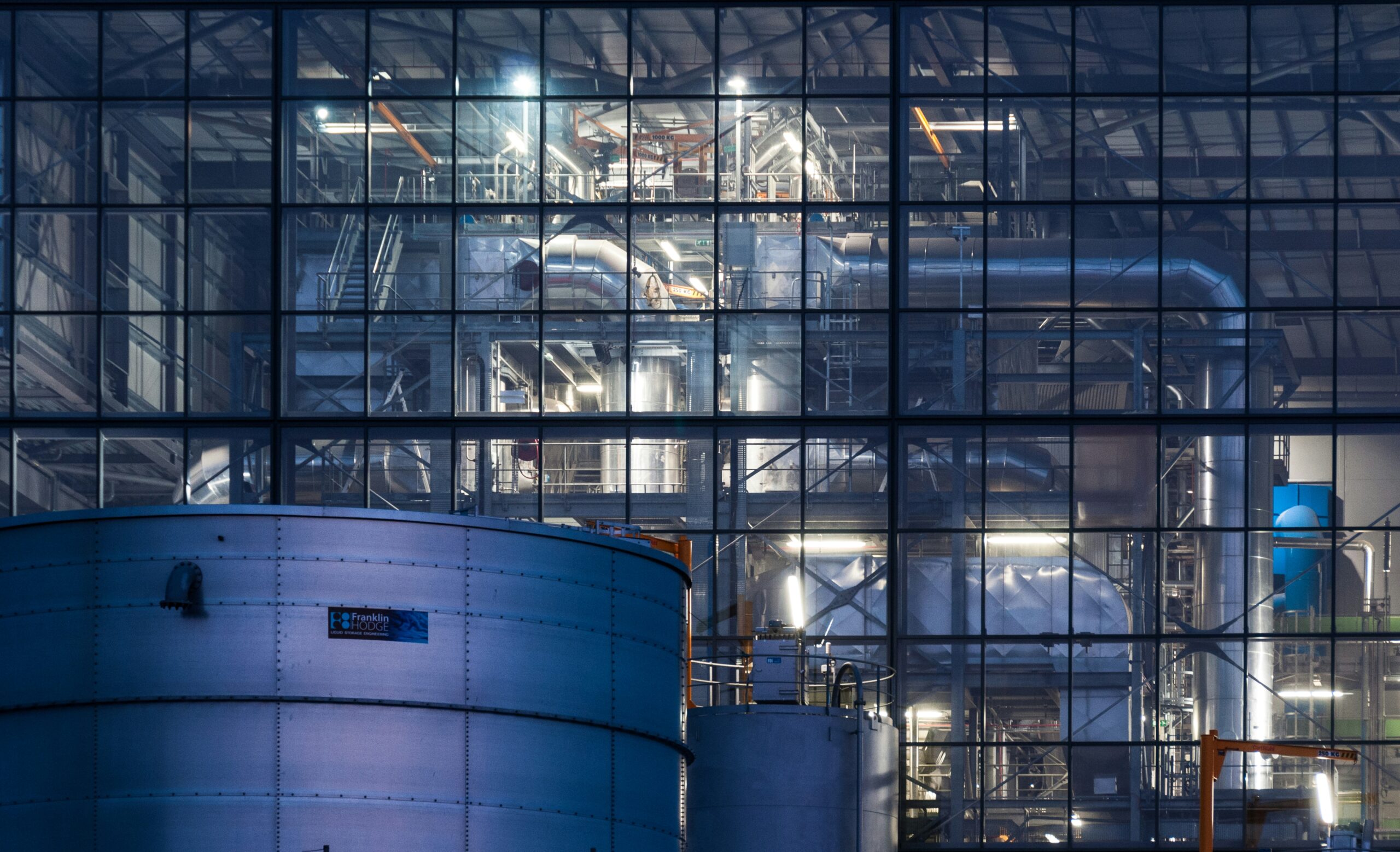
Clean production processes and closed loop systems

Waste prevention and management, recycling and recovery of resources and raw materials
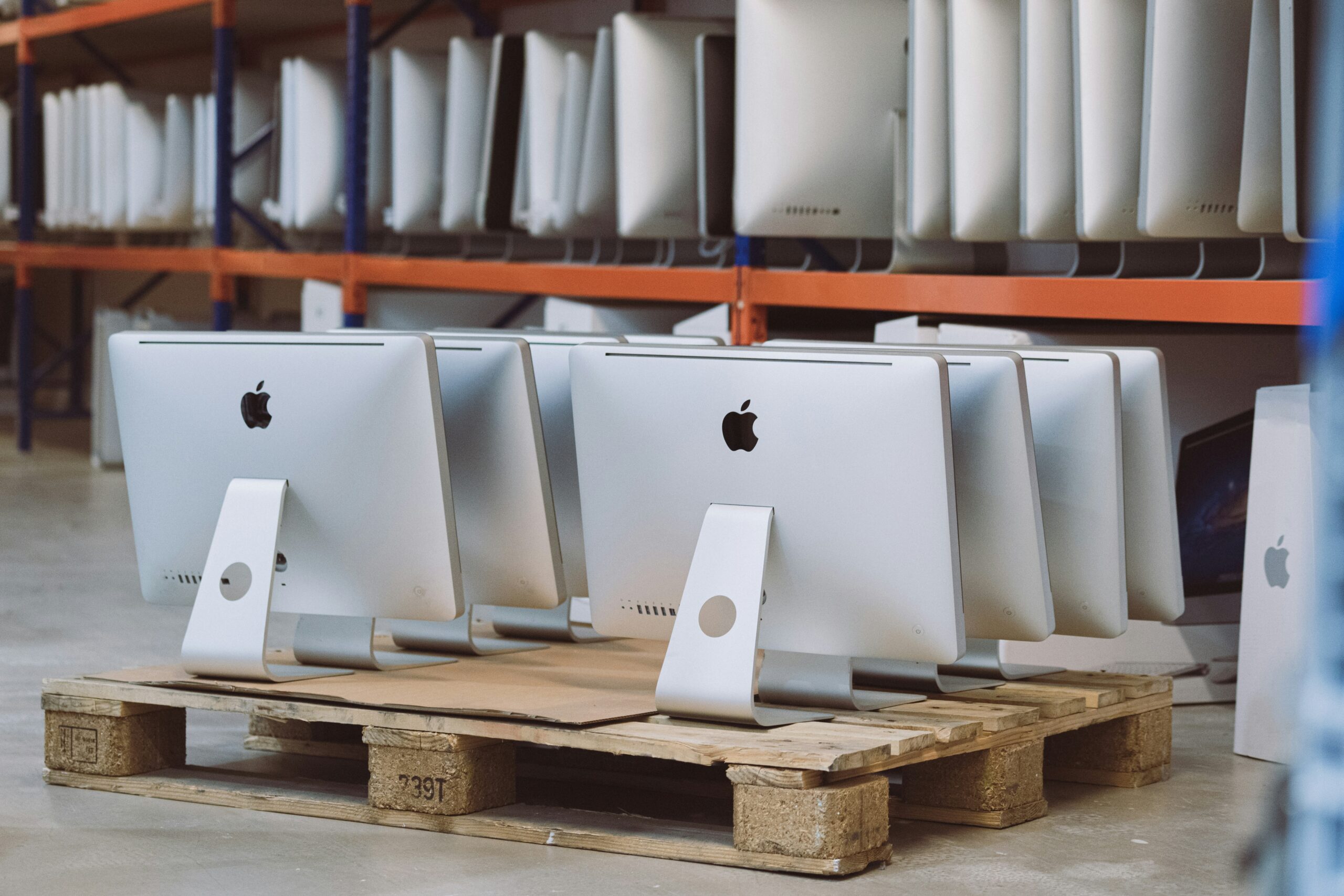
Circular economy value chains

Repair and reuse
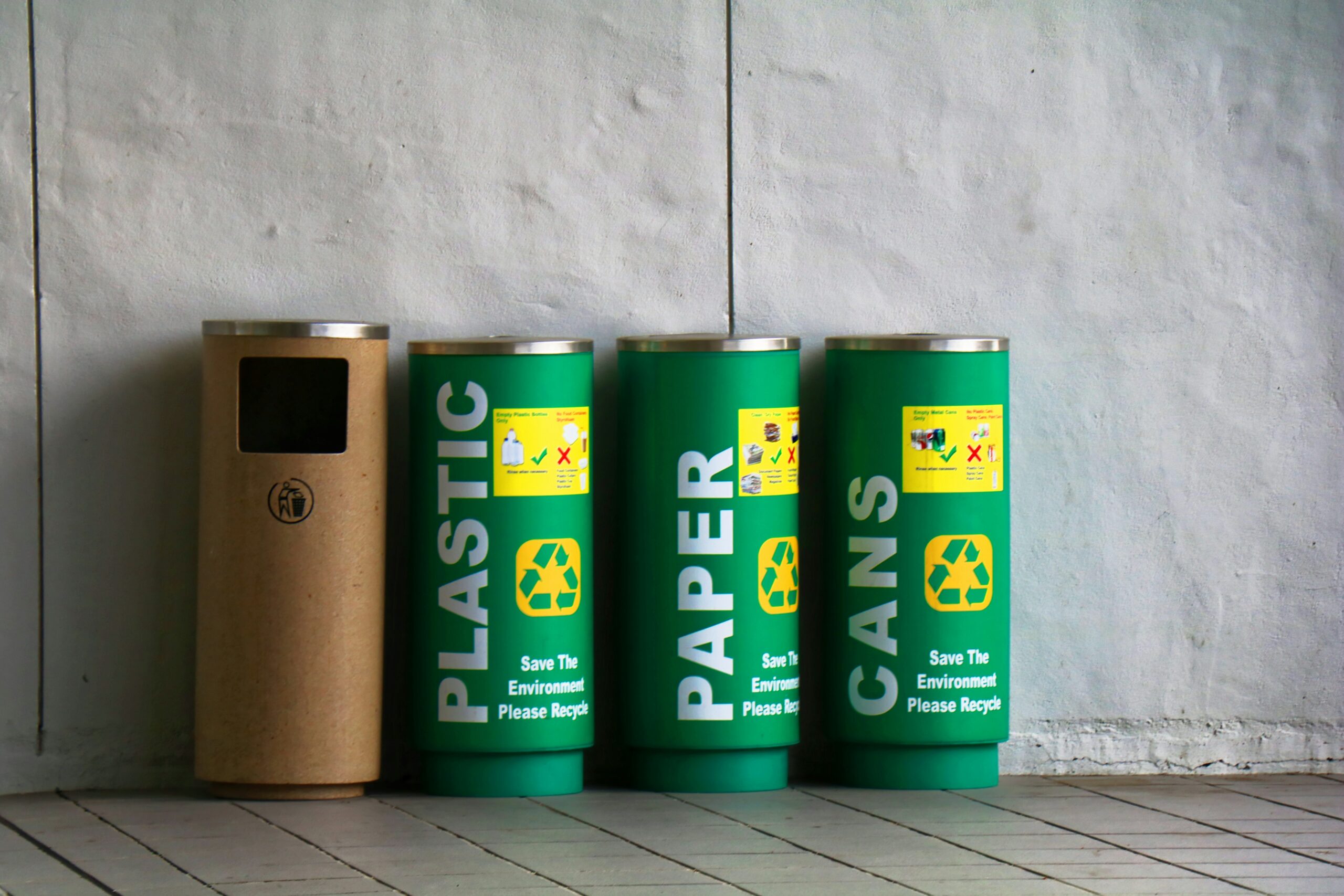
Sustainable product design and product development processes
Safeguarding the Environment

Biodiversity conservation and recovery

Sustainable tourism and valorization of natural heritage

Protection of natural heritage, ecosystems, valuable areas

Ecosystem services
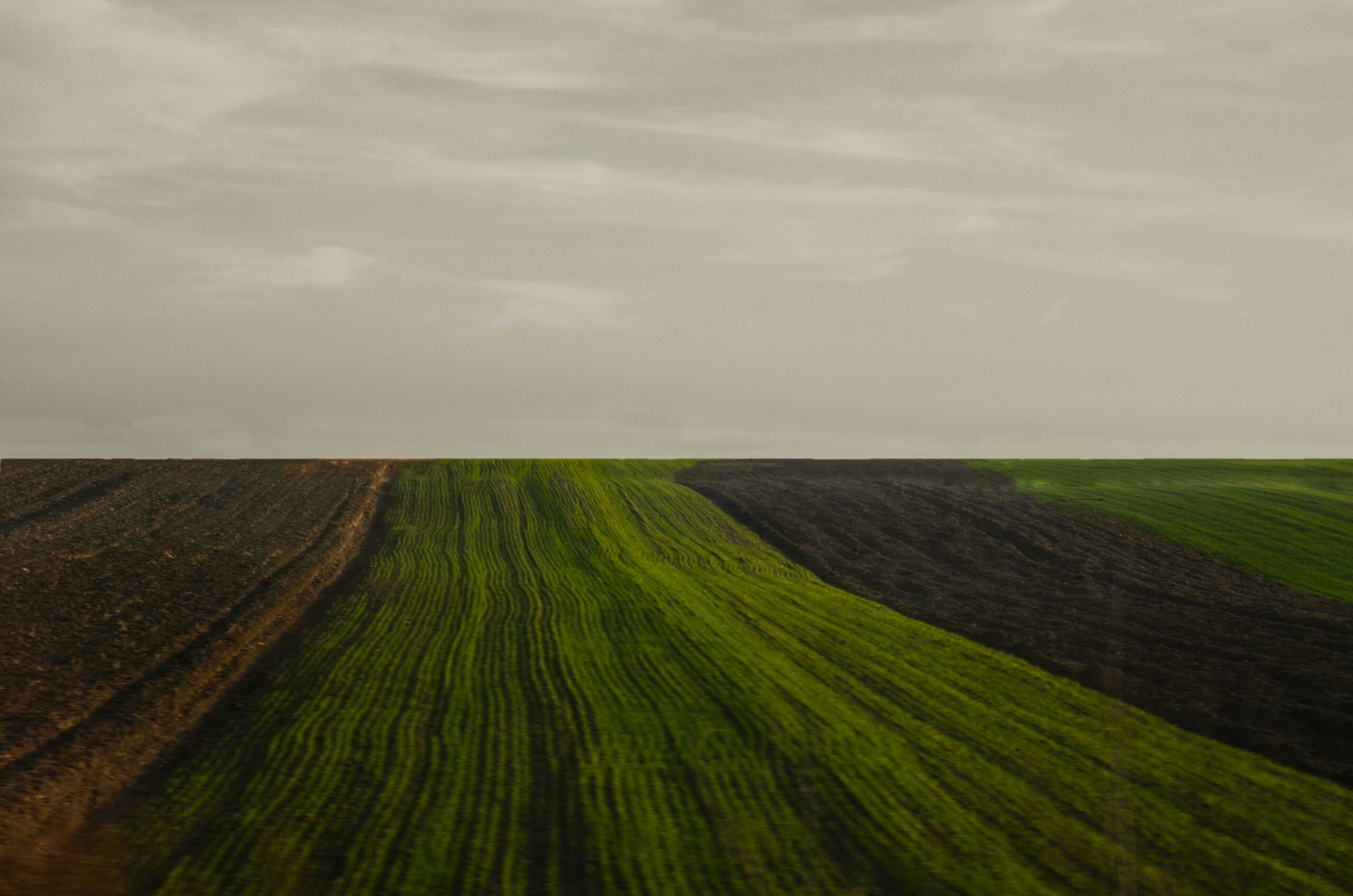
Sustainable land management and landscape planning
Greening Urban Mobility
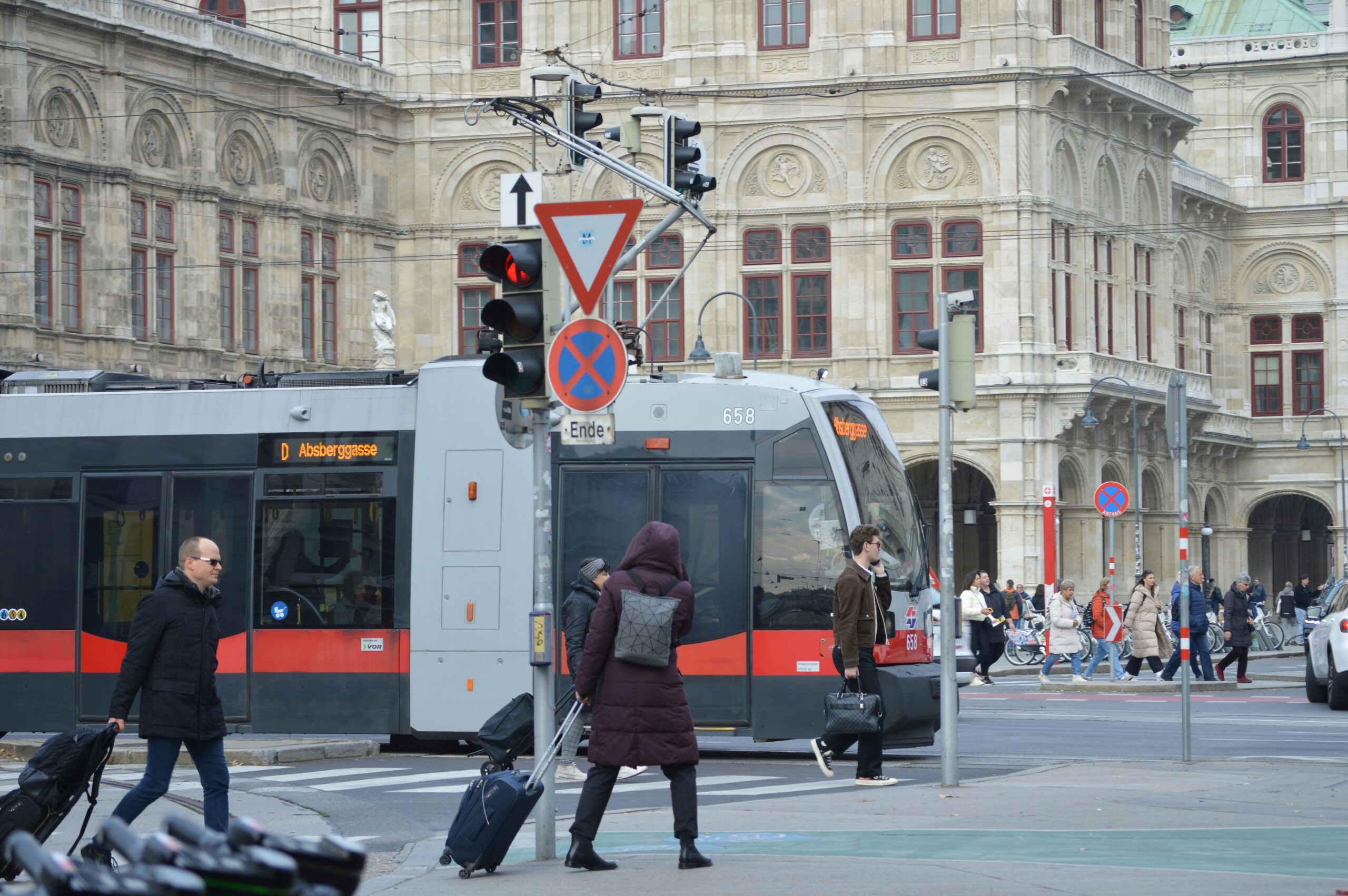
Sustainable urban mobility planning
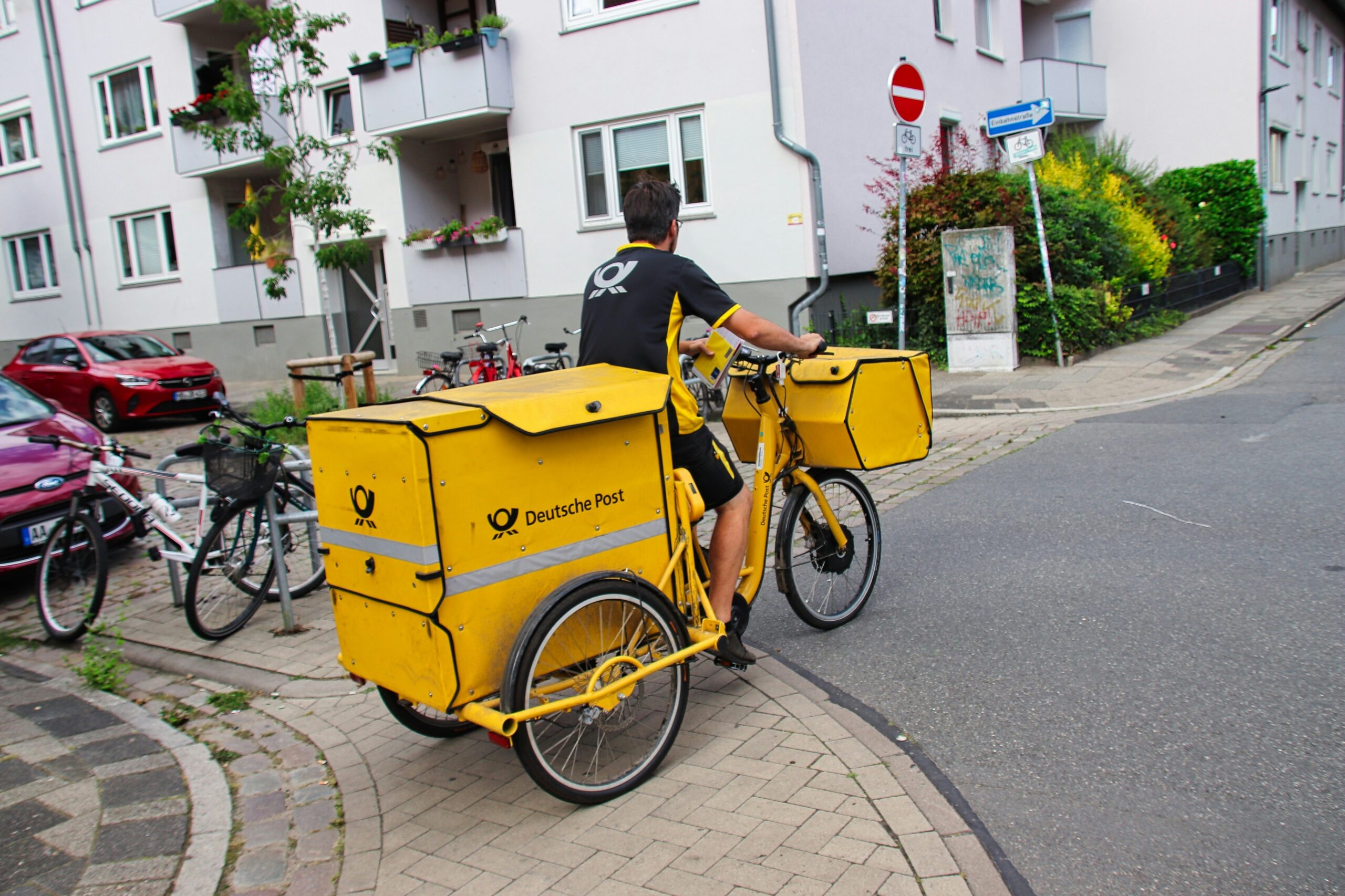
Sustainable multi-modal urban freight and logistic solutions

Reduction of GHG and other air pollutants from urban transport
